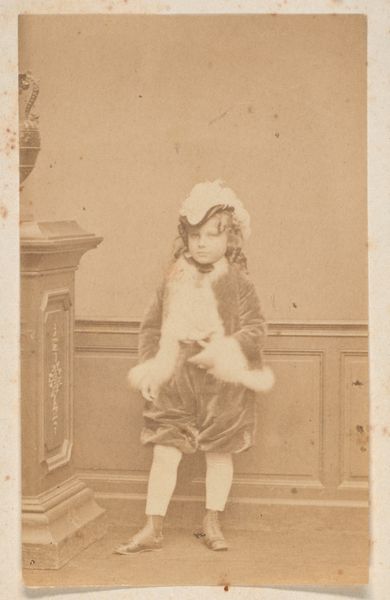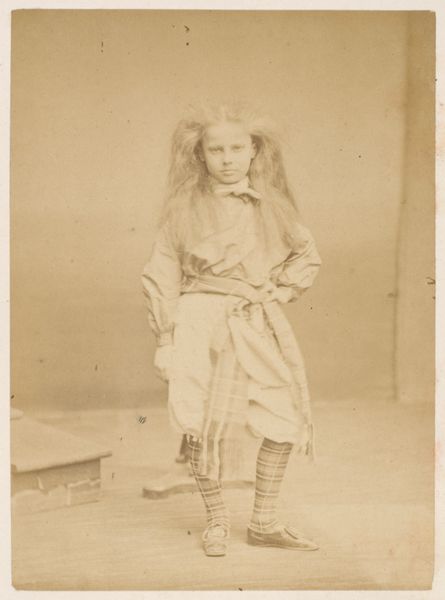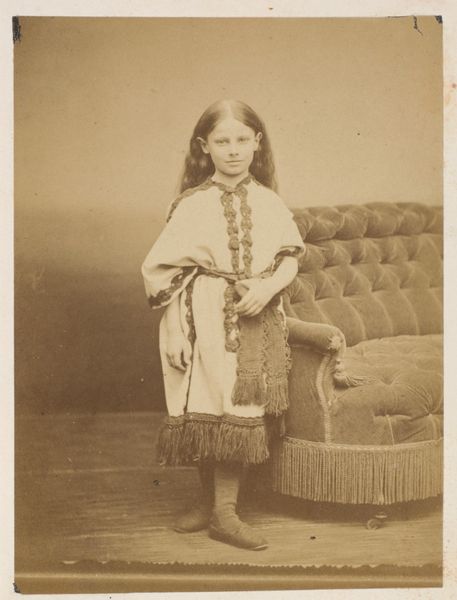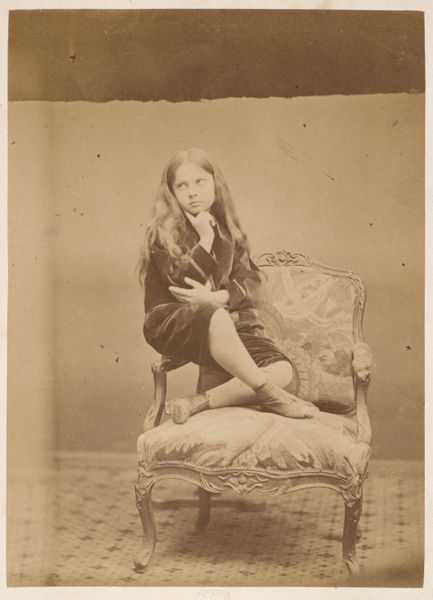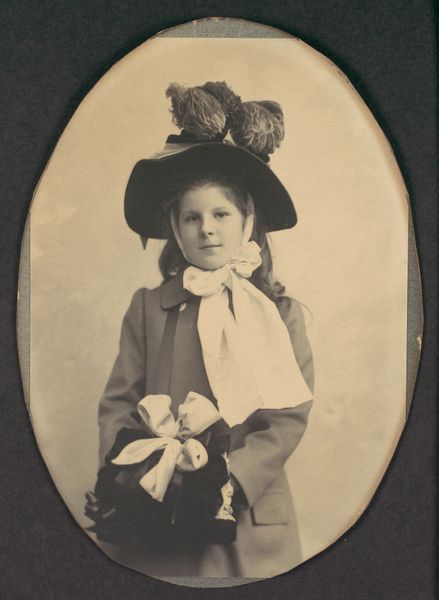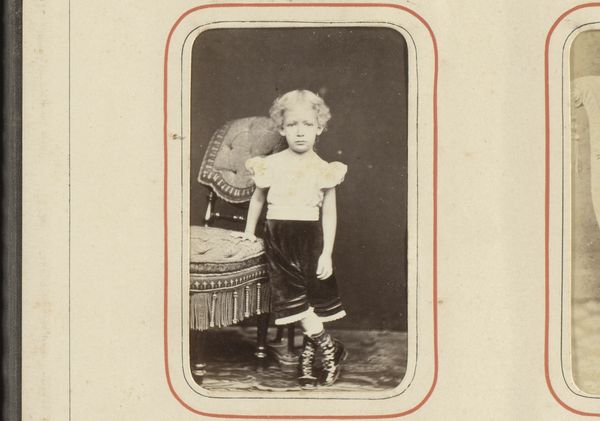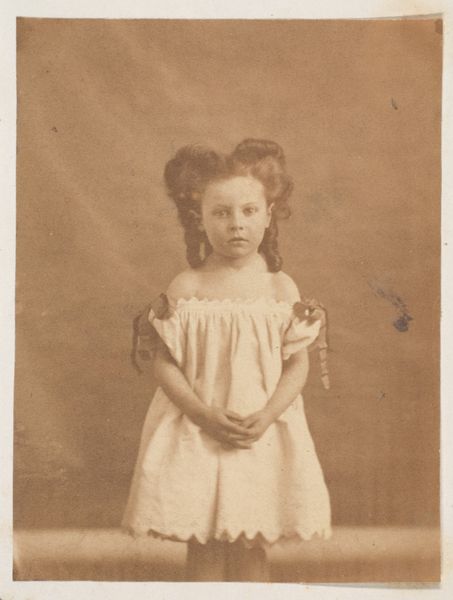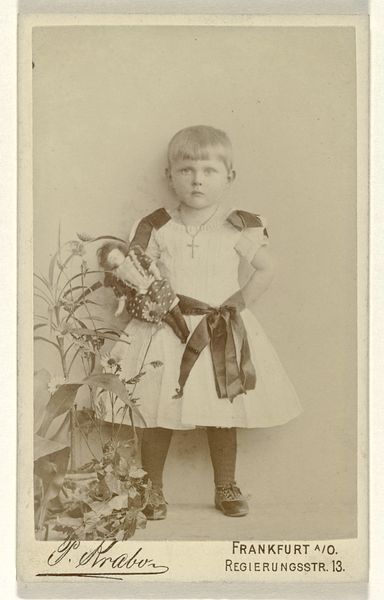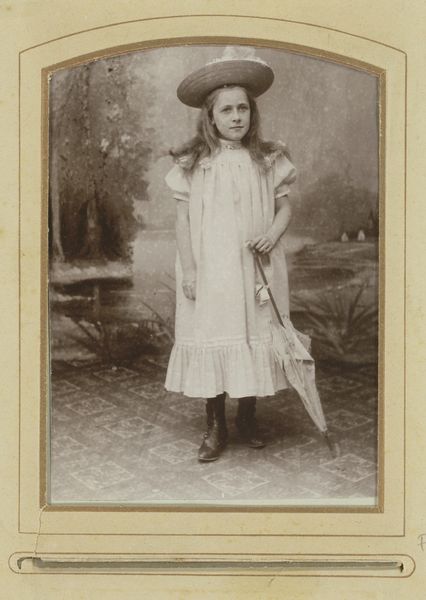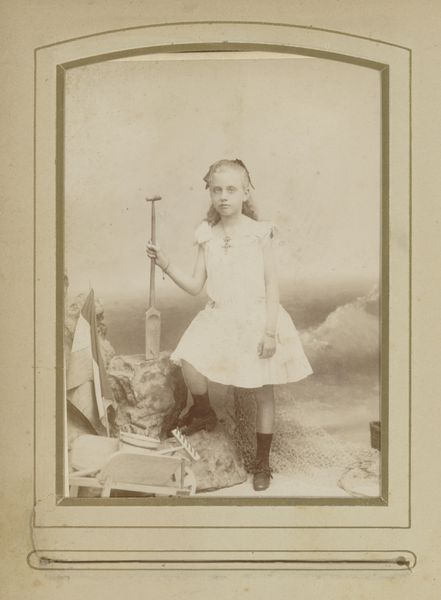
daguerreotype, photography
#
portrait
#
daguerreotype
#
photography
#
historical photography
#
19th century
Dimensions: 8.6 x 12.1 cm. (3 3/8 x 4 3/4 in.)
Copyright: Public Domain
Editor: This is Pierre-Louis Pierson’s "L'Enfant blanc", created sometime in the 1860s. It's a daguerreotype, so an early photographic process, which lends the image this ethereal quality. What strikes me is the texture – the child’s wild hair contrasting with the stillness required for such a long exposure. What's your read on it? Curator: The materiality of a daguerreotype is key. We need to remember it’s not simply a window to the past, but an object made through a specific and arduous process, usually reserved for the upper classes, involving silver-plated copper. The surface reflects light in a very particular way, determined by chemical reactions and the duration of exposure. Notice the subtle imperfections and signs of wear and tear; these elements also tell the story of production and its reception over time. Do you think this child comes from working class or bourgeoise background? Editor: The clothing, while rumpled, suggests a certain level of comfort. Definitely not rags. So what can we infer about labor from that observation? Curator: Exactly! The image becomes a document of social stratification and photographic labour of the time. Pierson carefully selected clothes to denote his place in society, staging the sitter to highlight both affluence and the emerging photographic medium that enables and reinforces it. Note how daguerreotypes demanded immobility from the subject, often through restraints; this tension speaks to the broader constraints of 19th-century social structures. Editor: So it’s not just a portrait but a complex interaction of class, technology, and the sitter's relative affluence to engage with such laborious image-making processes. I never really considered all that when looking at photography. Curator: Precisely. It forces us to move past a simple reading of "subject matter" toward the processes of production, distribution, and how images participate in shaping our understanding of power. A great shift to move forward.
Comments
No comments
Be the first to comment and join the conversation on the ultimate creative platform.
